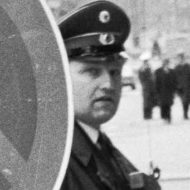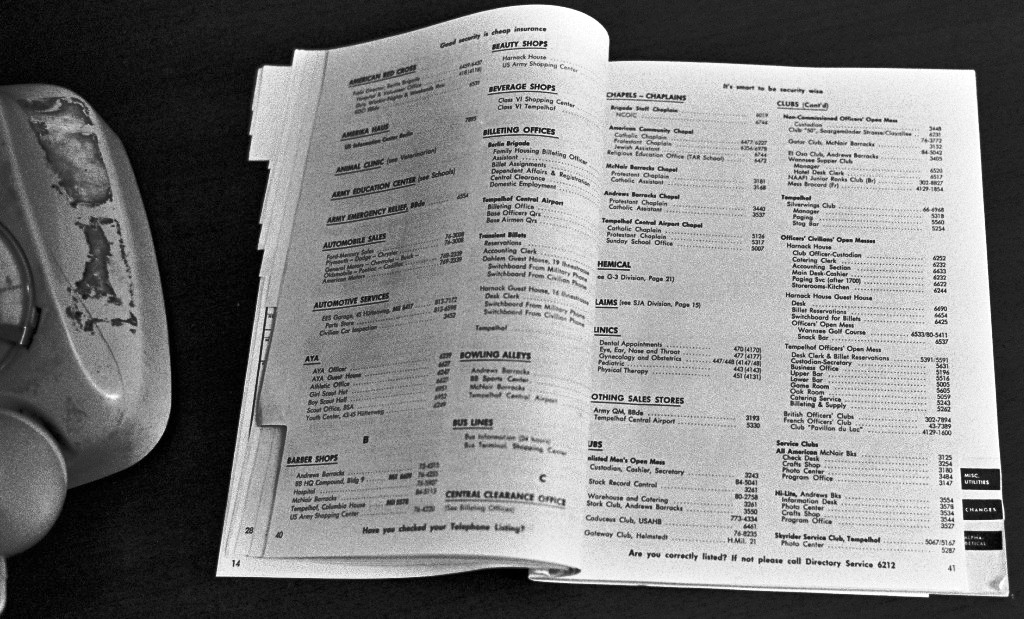Part Five – Secrets of Schneewittchen Weg
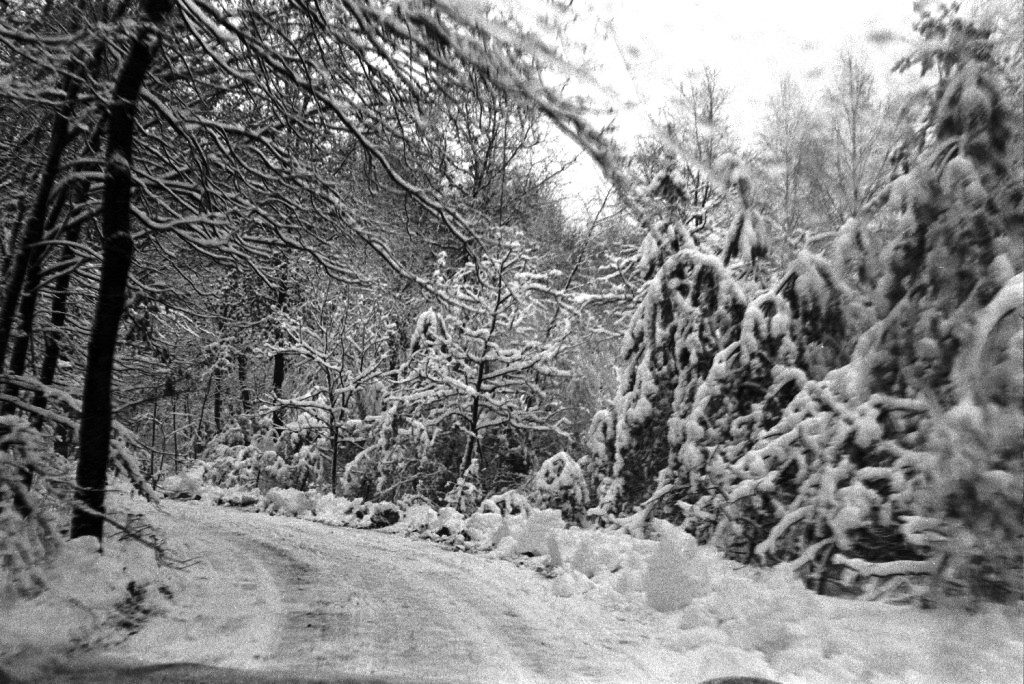
In November 1971, Department III prepared a table of Fernmeldeturm antenna directions. The table was prepared for use within the department. At this point in the narrative, it should be pointed out that the conspirative nature of this work often meant that knowledge in one department was not shared with other departments. And, as confirmed by Eichner/Dobbert and other accounts, “brother socialist organs” did not routinely share information. In other words, if it was not information gathered by their own department, Ministry for State Security — “Stasi” — personnel often were flying blind. So, dear reader, neither you nor I are getting the entire story here.
In their 1971 study of antenna directions, Lt. Col. Maennchen noted that the Fernmeldeturm had many directional antennae that pointed toward obvious civilian links. He also logged an antenna on the 30th floor, 114 meters above the earth, that pointed at Teufelsberg, home of American and British electronic monitoring operations. Another antenna, on the 34th floor, 131 meters above the earth, pointed at Gatow, where the British had additional electronic operations. At the then end of sleepy Schneewittchen Weg, television programs, Teletype messages, telephone calls, and digitized data moved smoothly above the young trees that replaced the war-ravaged forest.
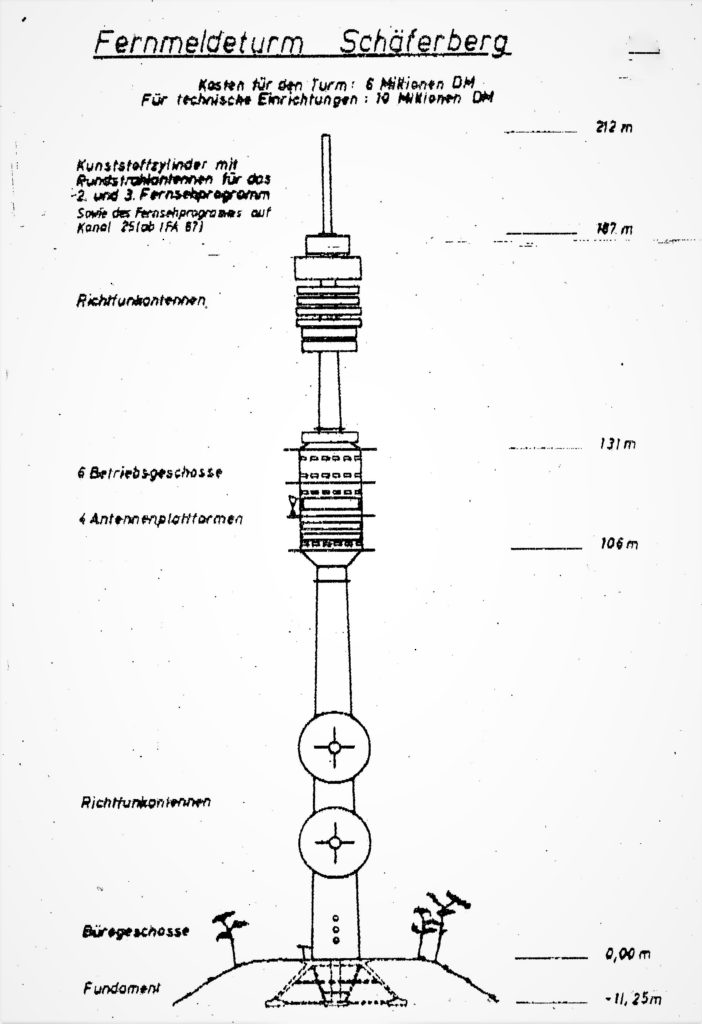
Into the 1970’s, electronic traffic between West Berlin and West Germany continued to grow. Department III also developed monitoring of richtfunk traffic between West German points, particularly at the monitoring station on the Brocken, highest point in the Harz mountains. As traffic grew, and as the value of monitoring telecommunications became more widely understood, Department III and its Department F (radio counter-intelligence) grew, too. By 1978, there were 2,202 workers in these sister departments — over twice as many as started out in 1971.
And they were picking up such interesting information. As the richtfunk signals shot back and forth over the German Democratic Republic, they had a tendency to sag in the East German middle of their route. So, in July 1978, the Ministry for State Security was monitoring the signal when a frustrated technical officer of Landespostdirektion Berlin (LPD), which operated post and telecommunications in West Berlin for the occupied city, vented his annoyance to his contact at the Posttechnisches Zentralamt(PTZ) in Darmstadt, Federal Republic of Germany.
Major Schreck of the MfS summarized as follows:
In the Fernmeldeturm Schaeferberg one finds a single [freight] elevator without a door. Next door to the personnel of the Westberliner Post in the tower are also found so-called “renters”, Allied personnel they are, who live somewhere in the middle [of the tower] and use this elevator for themselves [alone] to transport their “cargo”.
These Allied personnel cannot be instructed by Post officials or their names taken down, as their presence must not be known, it was all “Top Secret”. [In the Stasi report, “Top Secret” was typed in English.]
tape Spool No. 685/1
In further conversations they both agreed to look into the published regulations of the Bundesminister fur das Post und Fernmeldewesen (BMP) [Federal Ministry of Post and Telecommunications] to discuss possible application of those rules.
In a way, Howard McKee’s theory about careerists’ careless handling of classified information was proven when these knowledgeable Post employees discussed the secret of Schneewittchen Weg. As the next decade opened, Department III was to learn much more, proving McKee to be something of a prophet.
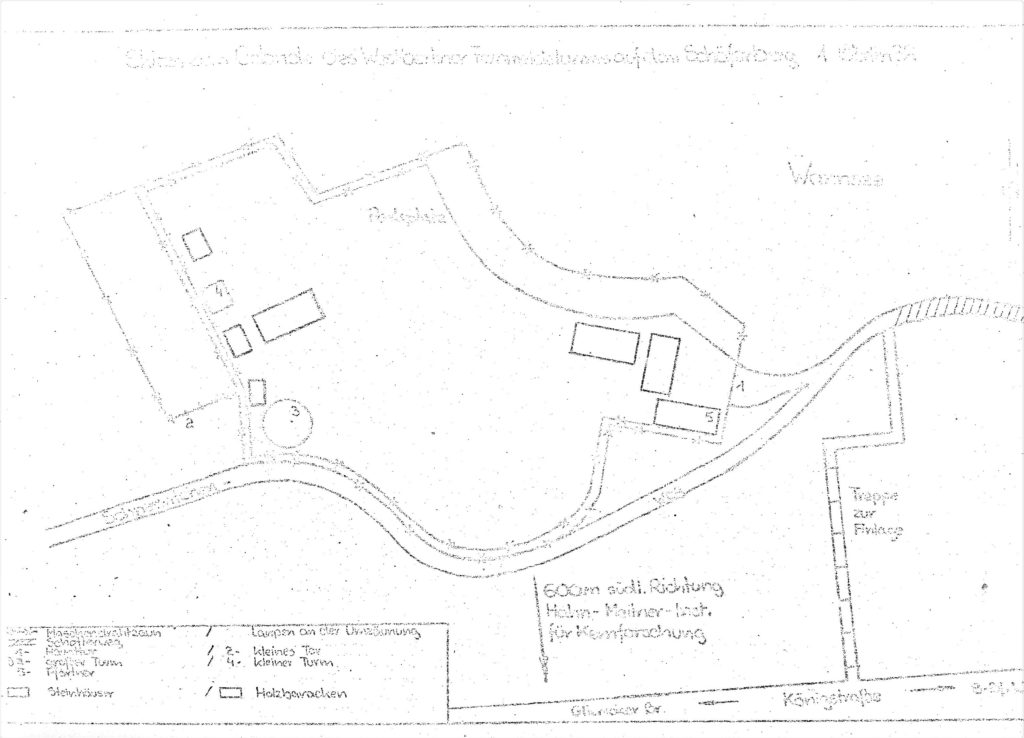
We will leave Major Schreck chuckling over the image of Allied personnel “residing” high above the Grunewald tree tops – perhaps imagining them transporting pillows and blankets to the location of the “top secret” apartment in the Fernmeldeturm. Putting him on hold for a minute will allow a side trip into the question of why Department III was monitoring something as dry as conversations between telecommunications officials in Berlin and Darmstadt.
========================================
Sources for this section:
1. Memo from Major Schreck in Ministry for State Security, Section III/8; dated 26 Jul 78; BstU, MfS – HA III, Nr. 7135. [Paraphrased in translation. Names redacted.]
2. Schmidt, Andreas; “Aufklarung” des Funkverkehrs und der Telefongespräche in Westdeutschland – Die Hauptabteilung III; in Knabe, Hubertus; West-Arbeit des MfS; Ch.Links Verlag; Berlin; 2nd edition 1999.
3. Eichner, Klaus and Dobbert, Andreas; “Headquarters Germany – Die US-Geheimdienste in Deutschland”; edition ost; Berlin; 2001/2008.
Additional information:
http://en.wikipedia.org/wiki/Tropospheric_scatter
http://de.wikipedia.org/wiki/Richtfunkverbindung_nach_West-Berlin
